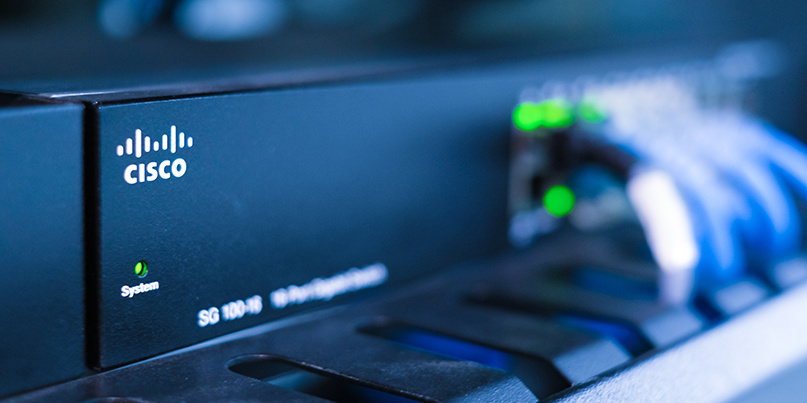Excluding Forcepoint files from antivirus scansDeployment and Installation Center | Web, Data, and Email Protection
Antivirus scanning can degrade the performance of Forcepoint security components. This article lists folders and files that should be excluded from antivirus scans.Please note:
Refer to your antivirus vendor’s documentation for instructions on excluding files from scans.
Disabling antivirus for web protection solutionsIt is a best practice to exclude the installation directory (includes subdirectories) from antivirus scans. By default this directory is:
| Windows (Forcepoint management server): |
*:\Program Files (x86)\Websense
| Windows (all others): |
/opt/Websense/Disabling antivirus for Forcepoint DLPManagement serversIt is a best practice to exclude the following (includes subdirectories) from antivirus scans.
Non-management serversOn non-management servers, such as Forcepoint DLP standalone agents, exclude the following directories from antivirus scanning:
| NoteThis document lists the default installation folders. You can configure the software to install to other locations.The FP-Repository folder is usually located inside the installation folder. |
Windows endpointsThe following directories should be excluded from the antivirus software that is deployed to Windows-based endpoint machines:
Also exclude the following:ProcessesForcepoint DLP Endpoint and Forcepoint Web Security Endpoint:
Forcepoint Web Security Endpoint only:
Forcepoint CASB Endpoint only:
Mac endpointsThe following directories should be excluded from the antivirus software that is deployed to Mac-based endpoint machines:
Also exclude the following:Libraries
Disabling antivirus for Forcepoint Email SecurityIt is a best practice to exclude the installation folder (includes subfolders), by default:*:\Program Files\Websenseor*:\Program Files (x86)\WebsenseAlso exclude any Forcepoint DLP folders that apply (see Disabling antivirus for Forcepoint DLP above).Disabling antivirus for Forcepoint Security Appliance Manager (FSAM)It is a best practice to exclude the installation directory (includes subdirectories) from antivirus scans. By default this directory is:C:\Program Files (x86)\Forcepoint\SAM
